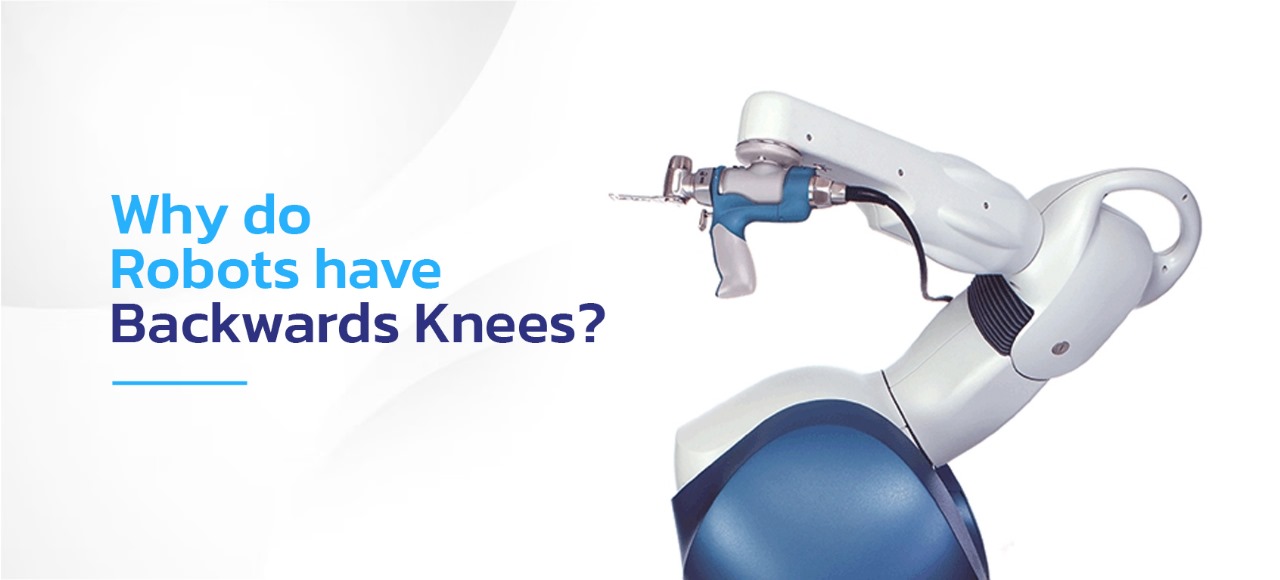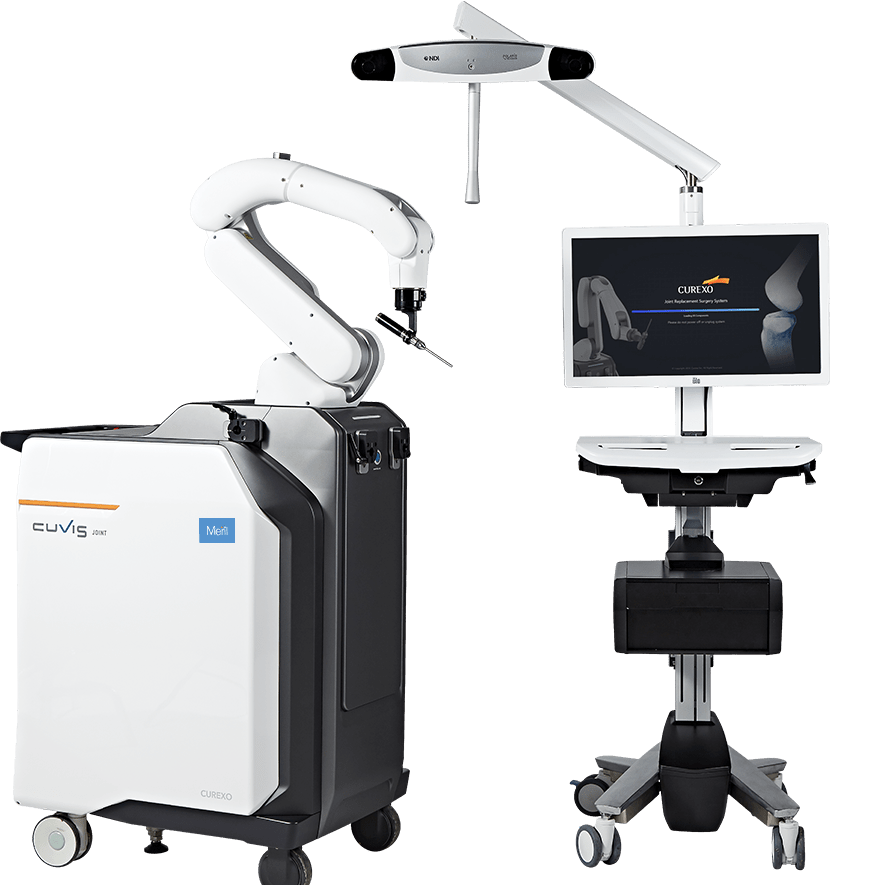

In the ever-evolving landscape of robotics, one might come across a peculiar feature that often leaves us scratching our heads: backward knees. Robots with backward knees are a common sight, and it’s a feature that raises questions about the design principles and biomechanics behind these futuristic machines. Dr. Bakul Arora, a leading expert in the field of robotics, provides insights into this fascinating topic, shedding light on the reasons behind the peculiar design of robotic knees.
Before we dive into the mysteries of backward knees, it’s essential to understand the basics of robotic locomotion. Robots are designed to move in various ways, and their movement mechanisms are often inspired by the animal kingdom. In nature, there’s a wide array of limb structures, from the straightforward legs of insects to the more complex legs of mammals. These structures serve specific purposes, such as stability, speed, and agility, which robotic engineers aim to replicate.

Robotic locomotion can be categorized into two primary types: wheeled and legged locomotion. While wheeled robots are straightforward and efficient for certain tasks, legged robots offer greater versatility, especially in challenging environments. Legged robots can navigate through rough terrain, climb stairs, and even mimic human-like movements.
In the world of legged robots, one design choice that often stands out is the backward knee joint. To better understand why robots have backward knees, we need to explore the reasons behind this intriguing design feature.
One of the primary reasons behind backward knees in robots is stability. Think of a four-legged animal like a horse or a dog; their knees bend backward, which helps them maintain balance and distribute their weight evenly. Similarly, backward knees in robots can provide better stability and weight distribution.
Robotic engineers draw inspiration from nature to design robots that can navigate complex terrains with ease. Backward knees are seen in animals that are agile and capable of swift movements, such as cheetahs and birds. By incorporating backward knee joints, robots can mimic these agile creatures, resulting in improved maneuverability.
The field of biomimicry, which involves imitating nature’s designs and processes, plays a significant role in the development of legged robots. Nature has perfected the art of locomotion through millions of years of evolution, and engineers look to replicate these designs in their robotic creations.
Now that we understand why robots have backward knees, it’s essential to explore the practical applications of these biomechanical marvels.
In disaster-stricken areas, legged robots with backward knees can prove invaluable. They can navigate through rubble, uneven terrain, and tight spaces, reaching survivors or delivering critical supplies when human access is restricted. Their stability and agility are essential for these challenging missions.
Robotic exploration missions often take place in environments where wheeled vehicles would be ineffective. Planetary exploration on bodies like Mars, where the terrain is rocky and uneven, benefits from legged robots with backward knees. These robots can traverse challenging landscapes while collecting data or conducting experiments.
Robots with backward knees find applications in healthcare and rehabilitation. They can be used as exoskeletons to assist individuals with mobility impairments. By mimicking natural movements, these robotic devices can provide therapeutic benefits, helping patients recover and regain their independence.
In agriculture, legged robots with backward knees can assist with tasks like harvesting crops or monitoring fields. These robots can move over uneven terrain without damaging crops and can reach areas that wheeled machinery may struggle to access.
As robotics technology continues to advance, the inclusion of backward knees in robotic design is expected to become even more commonplace. The future of robotics holds exciting possibilities, with even greater potential for mimicking natural movements and enhancing the adaptability and versatility of legged robots.

We can anticipate the following developments-
Backward knees in robots are not just a quirk of design; they serve a crucial purpose in ensuring stability, agility, and versatility in legged robotic locomotion. Inspired by the natural world, engineers have harnessed the biomechanics of backward knees to create robots that can excel in various challenging environments and tasks.
The future of robotics is undoubtedly exciting, with continued innovations that will further refine the use of backward knees in robotic design. As we look ahead, we can expect to see these biomechanical wonders playing an increasingly vital role in our lives, from search and rescue missions to planetary exploration, healthcare, and beyond. Dr. Bakul Arora’s insights have shed light on this intriguing topic, and we can only anticipate the remarkable developments that lie ahead in the world of robotics.
Dr. Bakul Arora stands as a distinguished pioneer in the field of Robotic Knee Replacement surgery in Mumbai and across India. His remarkable expertise shines through with a record of over 3000 successful surgeries to his name. At the heart of his practice lies the Arora Clinic, a state-of-the-art facility that specializes in Advanced Robotic Knee Replacement Surgery right here in Mumbai.
At the Arora Clinic, we pride ourselves on possessing India’s most advanced Robotic Machine, setting new benchmarks for cutting-edge technology. We have invested in the most modern equipment available to ensure that every Knee Replacement Surgery we undertake is not only highly effective but also minimally invasive, prioritizing the well-being and comfort of our patients.
Our commitment to excellence extends beyond Mumbai; we also offer our exceptional Robotic Knee Replacement Surgery services in Thane and Navi Mumbai, reaching out to a broader community. Our reputation as a leading centre for these procedures stretches across the nation, making us a renowned choice for Robotic Knee Replacement Surgery in India.
As patients often inquire about the cost of Robotic Knee Replacement Surgery, we understand the importance of transparency in healthcare. Rest assured, we offer competitive pricing while upholding the highest standards of quality, ensuring that our patients receive the best care without financial worries. Please feel free to contact us for more information regarding the of Robotic Knee Replacement Surgery cost in your specific case.
Dr. Bakul Arora and the Arora Clinic are dedicated to transforming lives through Robotic Knee Replacement Surgery in Navi Mumbai , providing a path to pain-free and active living. Your journey to renewed mobility and vitality starts with us, and we look forward to serving you with the utmost professionalism and compassion.
Arora Clinic, Shop No. 16, Block 2, Emerald Plaza, Hiranandani Meadows, Glady Alvares Road, Behind Standard Chartered Bank, Thane west - 400610
Phone: +91 93260 04795
Copyright © 2025 Arora Clinic. Website is Designed and Handle by Hopeland Healthcare.
WhatsApp us
